Blog
-
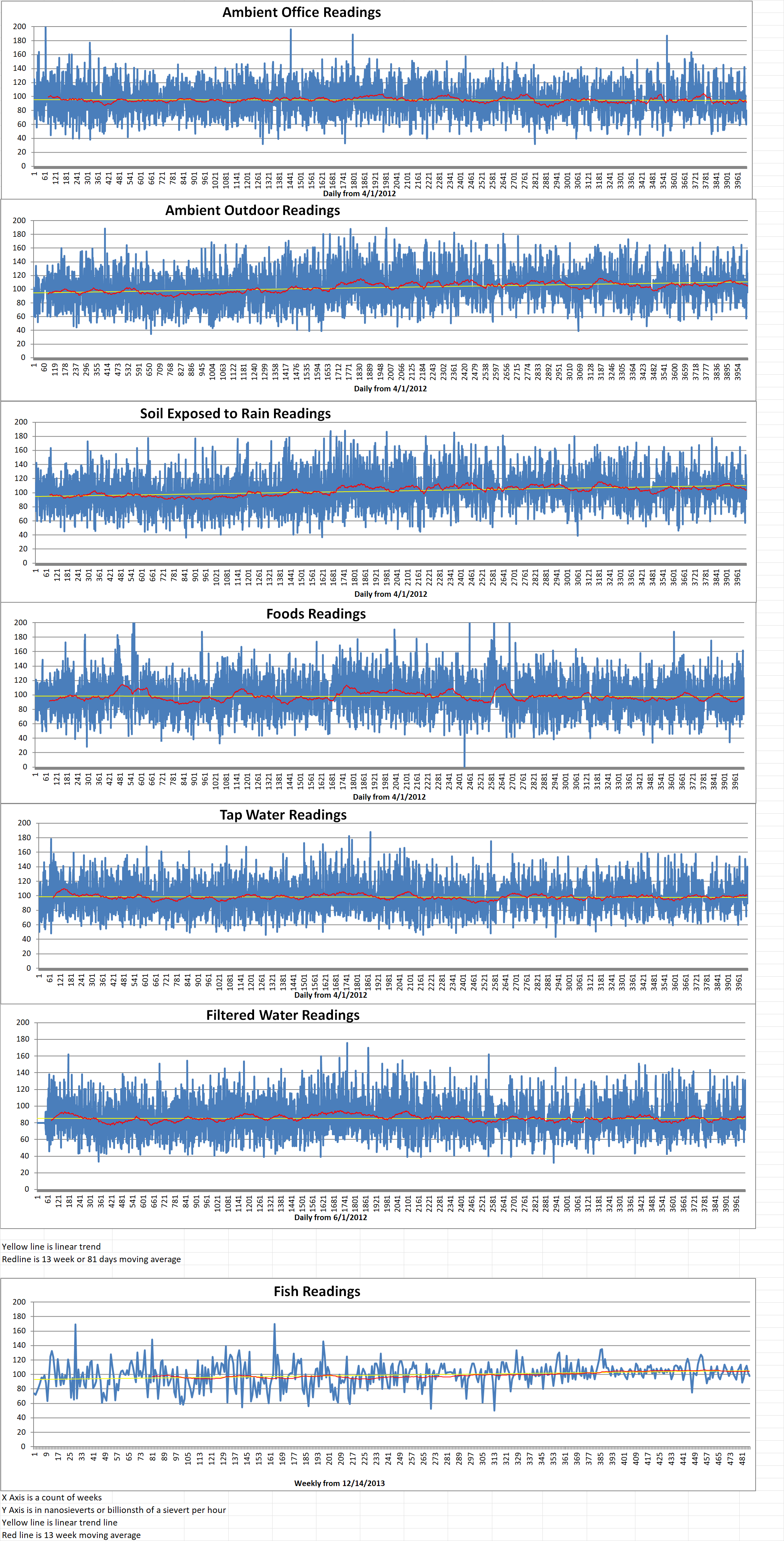
Geiger Readings for June 24, 2023
Ambient office = 79 nanosieverts per hour
Ambient outside = 85 nanosieverts per hour
Soil exposed to rain water = 91 nanosieverts per hour
Tomato from Central Market = 123 nanosieverts per hour
Tap water = 100 nanosieverts per hour
Filter water = 95 nanosieverts per hour
Dover Sole from Central = 98 nanosieverts per hour
-
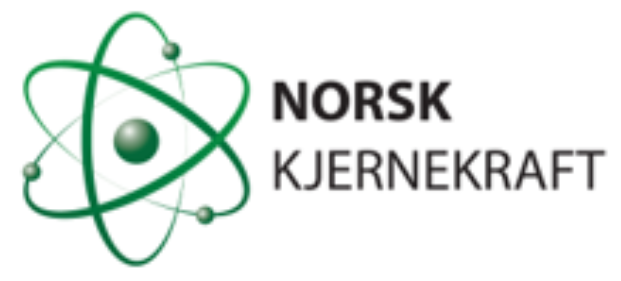
Nuclear Reactors 1238 – Norwegian Norsk Kjernekraft Signs Letter Of Intent For Development Of Small Modular Reactors In Norway
Recently, the Norwegian company Norsk Kjernekraft (NK) has signed a letter of intent with TVO Nuclear Services (TVONS) to jointly investigate the deployment of small modular reactors (SMRs) in Norway. TVONS is a consulting company wholly owned by Finnish utility Teollisuuden Voima Oyj (TVO).
The Norwegian company intends to identify suitable areas for SMRs in collaboration with power-intensive industries. It will prepare license applications in accordance with Norwegian national regulations and international standards. NK will follow the International Atomic Energy Agency’s approach for milestones. It will focus on what creates value in the early phase. Funding will take place in collaboration with capital-strong industry and solid financial partners.
In the letter of intent with TVONS, NK said it will use the knowledge and experience of TVO in the “safe and secure operation of nuclear power plants”. In addition, TVO is also the majority shareholder in Posiva. Posiva is the company that succeeded in building a final geological repository for spent nuclear fuel in Finland. NK will plan for the entire life cycle of its activities from cradle to grave. NK added, “this aspect is of particular importance”.
The collaboration will also include the assessment of the suitability and effectiveness of the development of nuclear power in the Norwegian municipalities of Aure, Heim, Narvik and Vardø. The municipalities are working together with NK to investigate the technical, financial and safety aspects of building one or more SMRs in their areas. They will take into account local conditions and input from the residents of the municipalities.
Jonny Hesthammer is the CEO of Norsk Kjernekraft. He said, “When we develop nuclear power in Norway, we will take lessons from the time when Norway developed its now extraordinary capabilities in the oil and gas sector. Back then, we developed the petroleum industry in collaboration with countries and companies that had the necessary experience. The same recipe can be used to establish nuclear power in Norway.”
Timo Palomäki is the CEO of TVONS. He said, “We in Finland have the latest nuclear power know-how from the Olkiluoto 3 project, which of course has taken longer than expected, but at the same time we have gathered a lot of valuable experience. We appreciate that NK sees us as an important partner, and we want to start working together to build environmentally friendly and safe nuclear power in Norway. This will be a great example of Nordic cooperation on the development of future energy solutions.”
TVO subsidiary TVONS utilizes TVO’s experts and partners for consultation and development services. The mission of TVONS is to provide TVO’s fifty-year experience in the nuclear business to its customers. TVO said it has “40 years excellent operation experience of boiling water reactors, 25 years effective experience in construction and operation of a low and intermediate-level waste repository, and has unique experience of tendering, sourcing and constructing a first-of-a-kind modern nuclear power plant”.
NK said, “Such an agreement for the safe and sustainable development of clean nuclear power has never been concluded between a Norwegian and Finnish organization before, which makes this a historic agreement. TVONS will assist NK in our work to deploy SMRs to supply Norwegian industry and households with clean, reliable and affordable energy in the decades and centuries to come.” -
Nuclear News Roundup June 23, 2023
Korean power company secures major nuclear deal in Romania construction-europe.com
South Koreans Rush To Buy Salt Before Japan Dumps Nuclear Waste In Sea ndtv.com
MOX fuel tests for VVER reactors under way world-nuclear-news.oreg
Academic looks to learn more about nuclear waste burial perspectives ca.sports.yahoo.com
-

Geiger Readings for June 23, 2023
Ambient office = 80 nanosieverts per hour
Ambient outside = 113 nanosieverts per hour
Soil exposed to rain water = 119 nanosieverts per hour
Strawberry from Central Market = 73 nanosieverts per hour
Tap water = 140 nanosieverts per hour
Filter water = 131 nanosieverts per hour
-
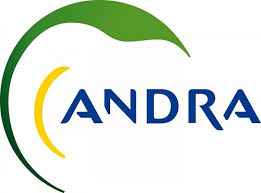
Radioactive Waste 908 – French Company Andra Moving Forward With Documentation Approval For Radioactive Waste Repository
An application from national radioactive waste management agency Andra to construct a high-level radioactive waste repository has been deemed to be admissible for review by the French nuclear regulator. This decision will allow the launch of the technical appraisal of the application.
Andra submitted the application for the construction license for the planned Centre Industriel de Stockage Géologique (Cigéo) repository to the Ministry for Energy Transition on the 16th of January this year.
Andra said, “The submission of this application marks a major milestone in the development of the project; it is the culmination of several decades of preliminary research and development work on issues such as site selection, the development of key components for the facility, and its main safety options.”
The authorization procedure consists of two essential phases: appraisal and consultation.
In March of 2023, the ministry asked the Autorité de Sûreté Nucléaire (ASN) to take the lead in the technical appraisal of the application. The ASN examined the admissibility of the documents submitted by Andra. It concluded that all the documents required by law were included in the submitted documentation. These documents contain the elements required to initiate the analysis and expert appraisal work that lies at the heart of the appraisal procedure.
The ASN mentioned that the application for Cigéo will be examined according to procedures “adapted to the exceptional nature of this project”. The Institute for Radiological Protection and Nuclear Safety (IRSN), ASN’s permanent expert groups and the National Assessment Board (CNE2) will be involved. Parliament will receive the results of this work.
The technical appraisal of Andra’s application is designed to verify that the Cigéo project offers all the guarantees required to meet the applicable safety requirements. It is estimated that the process will require three years to complete.
In addition to the technical appraisal, CNE2 is expected to submit an opinion on the documentation which will also be sent to parliament. CNE2’s opinion will be based on the scientific content of the application and on its knowledge of the state of the art which will be informed by its annual assessment of the progress of research and studies into the management of radioactive materials and waste.
After the technical appraisal has been completed, the procedure requires consultation with all the institutional entities involved. These include environmental authority, local information commission, local water commission, local authorities concerned, European Commission. The final stage of the process will be a public inquiry.
Once the technical appraisal and consultations have been completed, and if these conclude favorably on the acceptability of the project presented, the Cigéo facilities authorization decree will be published.
Andra intends to construct the Cigéo repository in a natural layer of clay near Bure, to the east of Paris in the Meuse/Haute Marne area. The facility will be financed by radioactive waste generators including EDF, Framatome and the French Alternative Energies and Atomic Energy Commission. It will be managed by Andra. The repository will hold eighty-three thousand cubic meters of long-lived waste and intermediate-level waste. -
Nuclear News Roundup June 22, 2023
UK and EU continue talks over Euratom world-nuclear-news.org
US sees no signs that Russia is ready to blow up nuclear power plant or use nuclear weapons news.yahoo.com
Water level in Zaporizhzhia Nuclear Power Plant cooling pond is stable news.yahoo.com
Plan to blow up Zaporizhzhia Nuclear Power Plant approved, situation has never been so severe before news.yahoo.com
-
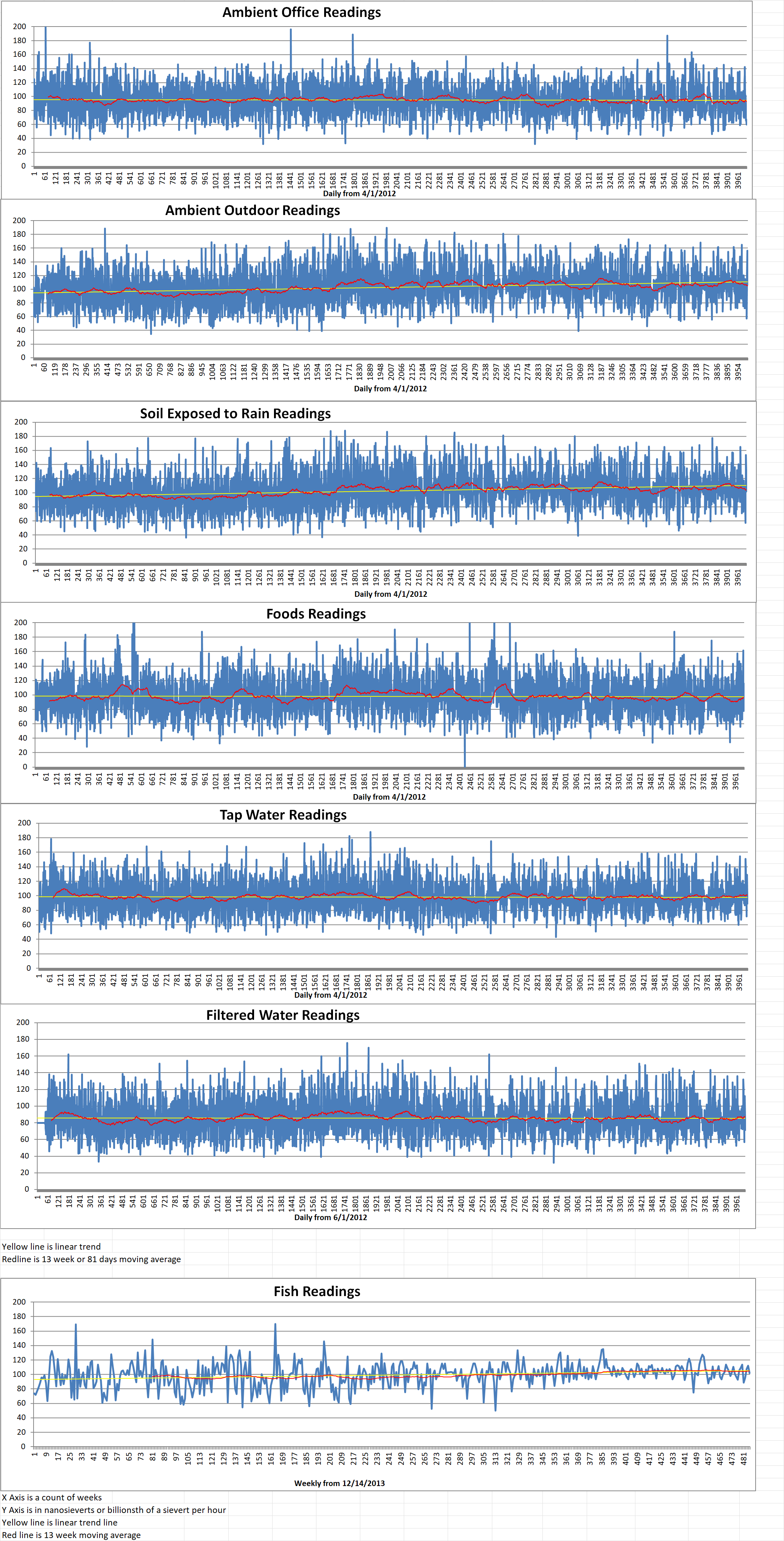
Geiger Readings for June 22, 2023
Ambient office = 67 nanosieverts per hour
Ambient outside = 123 nanosieverts per hour
Soil exposed to rain water = 126 nanosieverts per hour
Red bell pepper from Central Market = 116 nanosieverts per hour
Tap water = 89 nanosieverts per hour
Filter water = 72 nanosieverts per hour
-

Nuclear Weapons 822 – Recent Announcements May Indicate That Pakistan Is Changing Its Nuclear Policy – Part 2 of 2 Parts
Ambient office = 60 nanosieverts per hour
Ambient outside = 106 nanosieverts per hour
Soil exposed to rain water = 102 nanosieverts per hour
Mini sweet pepper from Central Market = 78 nanosieverts per hour
Tap water = 90 nanosieverts per hour
Filter water = 74 nanosieverts per hour
-
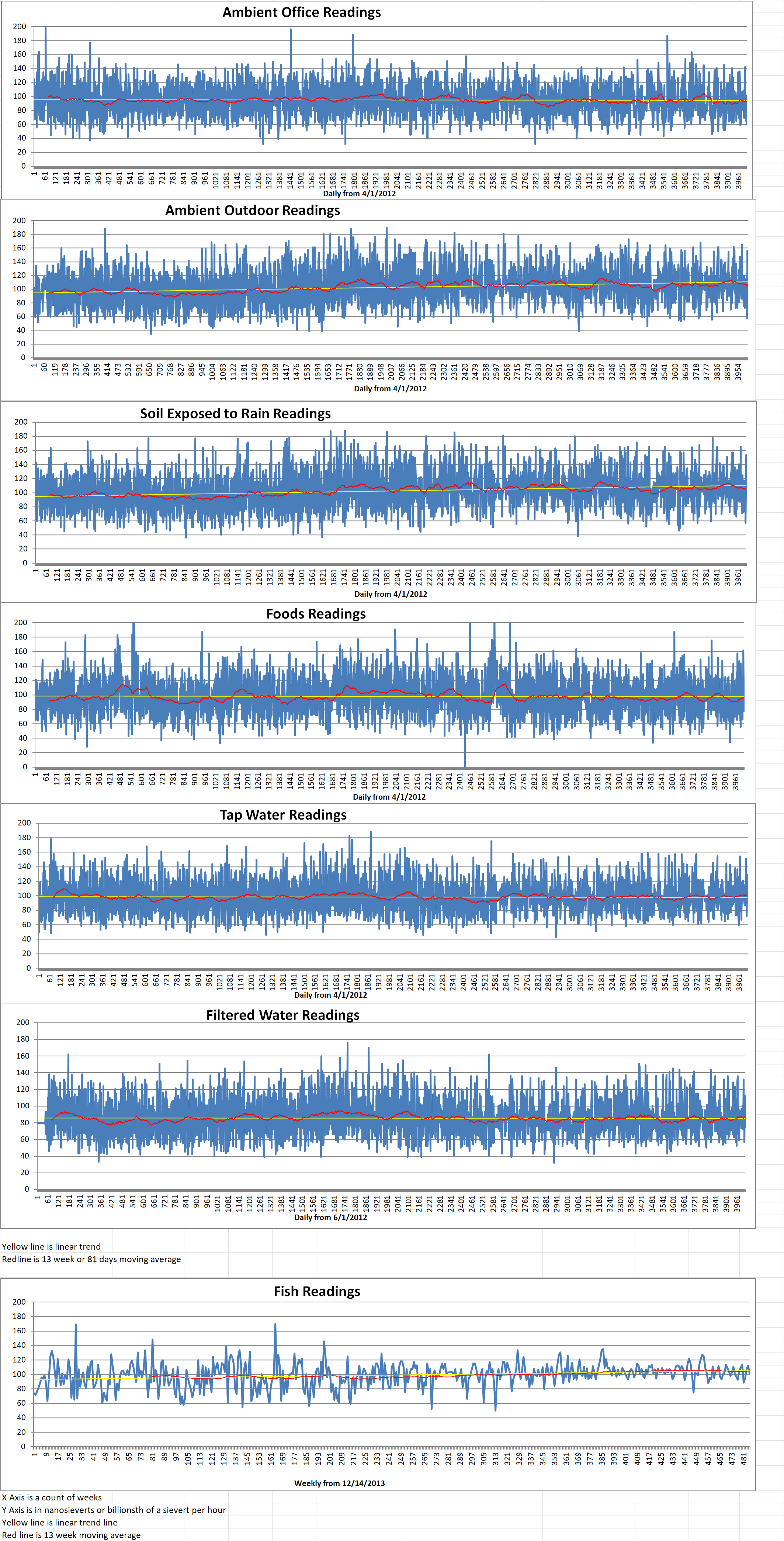
Geiger Readings for June 21, 2023
Ambient office = 60 nanosieverts per hour
Ambient outside = 106 nanosieverts per hour
Soil exposed to rain water = 102 nanosieverts per hour
Mini sweet pepper from Central Market = 78 nanosieverts per hour
Tap water = 90 nanosieverts per hour
Filter water = 74 nanosieverts per hour
